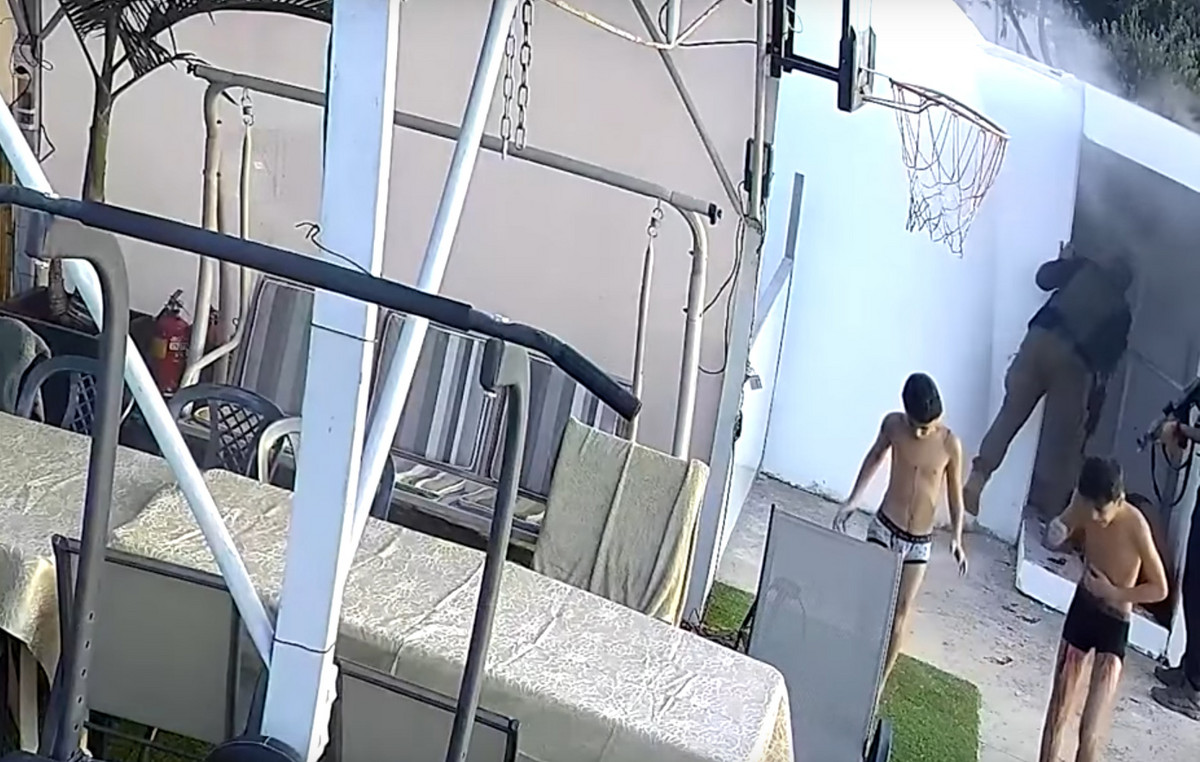Blockchain-security experts urge EOS Network users to carefully check all transactions.
According to SlowMist, attackers send users small transactions by 0.001 EOS to deceive them and force them to transfer funds to fraudulent addresses.
Attack with “poisoning” addresses to EOS users
When attacking with “poisoning” addresses, hackers create and send transactions with minor amounts. Usually they use fake wallets that look like real ones.
The purpose of such a scheme is to deceive the user, forcing him to accidentally copy and insert a fraudulent address when making future translations.
In the case of EOS, attackers created several wallets imitating large crypto -rhizas: “Oktothemoon” to simulate OKX (real account: “Okbtothetheon”) and “Binanecleos” for simulating Binance (real account: “Binanceleos”).

SlowMist experts recommend that users carefully check all transactions details so as not to lose funds.
Rebranding EOS Network
On the eve of the incident, the EOS Network team announced the rebranding of the blockchain. As part of the new strategy, the project will change the name on Vaulta and focus on the provision of banking services in the Web3 segment.
The changes are expected to enter into force by the end of May of this year. The project will continue to use EOS infrastructure, but with a new mission. One of the key areas will be integration with solutions for digital banking like Bitcoin Exsat and strengthen ties with CEFFU, Spirit Blockchain and Blockchain Insurance Inc.
The developers also announced that they would rename EOS token to Vaulta Token. Against the background of news about rebranding, the price of a coin jumped by more than 25%.

According to CoinmarketCap, at the time of writing the EOS matrix, $ 0.6151 is traded in a capitalization of $ 955 million.
Be in the know! Subscribe to Telegram.
Source: Cryptocurrency
I am an experienced journalist and writer with a career in the news industry. My focus is on covering Top News stories for World Stock Market, where I provide comprehensive analysis and commentary on markets around the world. I have expertise in writing both long-form articles and shorter pieces that deliver timely, relevant updates to readers.







